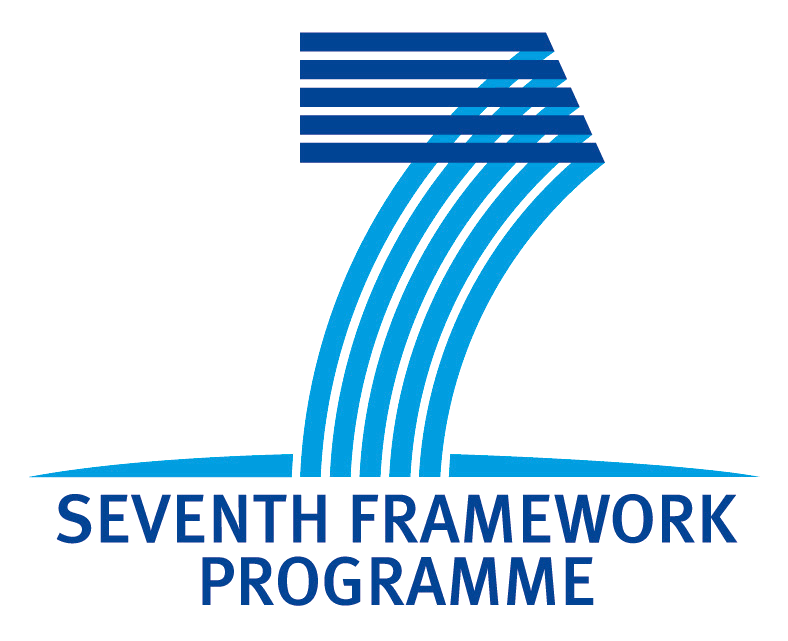1. Introduction
An IDE, Integrated Development Environment, is a software system targeted for programmers. It helps the programmer to write code and test and maintain it. The tasks where IDE helps can include
- editing source code
- compiling and/or interpreting the code
- maintain complex projects with their module dependencies
- test and debug the code
(cf. http://en.wikipedia.org/wiki/Integrated_development_environment). While interactive command interpreters (such as Unix shells) were historically the first systems recognized as IDE's, the contemporary notion of "IDE's proper" assumes a set of visual tools. The most widely used IDE's are probably Eclipse (http://www.eclipse.org/), Microsoft Visual Studio (http://www.microsoft.com/visualstudio), and Apple's XCode (http://developer.apple.com/xcode/). Each of these is a desktop program of substantial size. But recent times have also seen Web IDE's (WIDE), where the user can write programs without implementing any software locally; an example is CodeRun (http://www.coderun.com).
The purpose of this document is to introduce an IDE for GF, Grammatical Framework (http://www.grammaticalframework.org/). GF is a programming language designed for writing multilingual grammars and their applications (Ranta 2011). Typical applications are translation systems (with many simultaneous languages) and the localization of natural language processing systems such as question answering (with many alternative languages).
This paper will introduce two IDE's for GF:
- a Web IDE (http://www.grammaticalframework.org/demos/gfse/), which allows users to build GF grammars and run them "in the cloud"
- an Eclipse plug-in, which allows users to build GF grammars on their desktop and link them with other Eclipse-enabled software, such as Android mobile applications and ontology engineering tools.
The Web IDE is intended to be a quick way to use GF, since it doesn't require any software installation, and also has some helpful functionalities to guide novice users. But it is less adapted for large GF programs consisting of large numbers of modules, such as GF grammar libraries. The Web IDE is a mature program tested by many users, but new developments are still expected.
The Eclipse plug-in is meant for power users of GF, who have to maintain perhaps hundreds of GF modules simultaneously and to link them with other software. But it is less quick to get started with, since it requires the installation of both the GF compiler, the Eclipse platform, and the GF Eclipse plug-in. The Eclipse plug-in is still in the beginning of its development.
Both these tools are new, and have been built during 2011 within the MOLTO project. The traditional "IDE" for GF is one familiar from the Unix environment:
- a batch compiler
- text editor support (e.g. syntax highlighting in Emacs, Gedit, and Geany, http://www.grammaticalframework.org/doc/gf-editor-modes.html)
- an interactive command-based shell, "the original GF program".
The interactive shell is a Read-Eval-Print loop similar to LISP and, more recently, Haskell (GHCI). While it has more IDE functionalities than many programming languages provide, we are not calling it an IDE, but reserve that name to the graphical Web IDE and Eclipse systems. Actually, the GF shell can be seen as an API (Application Programmer's Interface) to the GF compiler. It provides a set of commands that can be used for compiling, diagnosing, and testing GF grammars. More sophisticated IDE's can be built by using the shell command language to communicate with the compiler. The document The GF Grammar Compiler API (MOLTO Deliverable 2.1) gives more information on the available functionalities.
- Printer-friendly version
- Login to post comments
- Slides
What links here
No backlinks found.


